
-
Audio Set
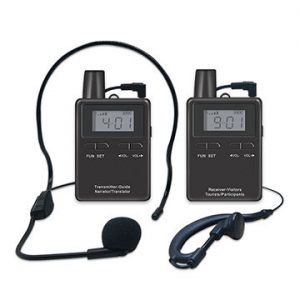 With our light-weight audio systems, you can count on clear sound performance. The earphones will make sure that the guide’s speech will be heard with no distraction and no need for a raised voice, whether on the bus or out at the sites. This allows a more comfortable trip which leads to a better experience—no more confusion or struggling to understand.
With our light-weight audio systems, you can count on clear sound performance. The earphones will make sure that the guide’s speech will be heard with no distraction and no need for a raised voice, whether on the bus or out at the sites. This allows a more comfortable trip which leads to a better experience—no more confusion or struggling to understand.We take care of your request once you have informed us about your audio set requirements in advance.
-
Travel Insurance
-
Special appointment and visits
At Arg E Jadid, we carefully select religious experts from all cities who are passionate about using their knowledge to all need to be taken into account when planning a trip.
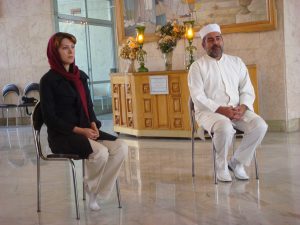
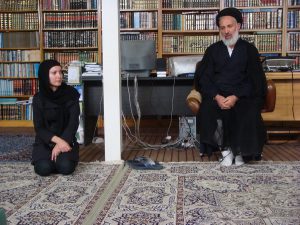
Tribes always have been a feature of Persian history. The glamour of nomadic women’s colorful dresses,men in the entrance of lack tents with their manliest mustaches of all time, colored-eyed children withrosy cheeks laughing while you are trying to capture all these beauties in a picture, can be a good visual entry to the story of Persian nomads’ life, but there is still a lot to know about nomadic families in Iran.
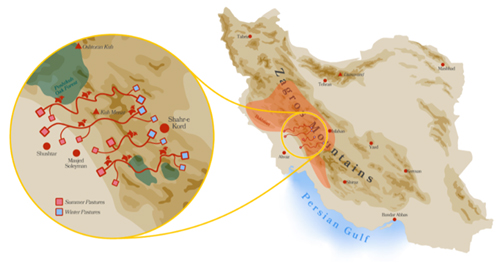
Distribution of Nomad Families Who Still Migrate on Foot Nomads of Iran can be classified into 8 groups. KurdishTribes, LurTribes, Shahsevan Tribes, QashqaieTribes, Baloch Tribes, Khamseh Tribes, Turkmen Tribes, Arab Tribes.
From different tribes, Bakhtiyari and Qashqai nomads are more famous for their origins, their set of clothes, their tribal structures and traditions, and for the scenic beauty of their camping sites.
Bakhtiari is one of the largest and most prominent tribes of Iran. They live between the region of Khuzestan and Chaharmahal va Bakhtiari. They speak a dialect of Persian called Lori and are Shia Muslims like the majority of the country.
Qashqai are the second largest nomads’ population in Iran. These Turkish-speaking nomads settle among the high mountains of Fars province, though in winters, besides the foothills of Zagros Mountain. The majority of Qashqai people have had a nomadic lifestyle and some still do.
Iran’s nomads have been making the same migration for millennia. In spring they headed for the cooler pastures of the Zagros, where grass for their flocks of sheep and goats was abundant. At the end of autumn they would return to Khuzestan Province, their animals strong and well fed to make it through the winter.
Arg e Jadid would cover visiting the beauties of nomads’ life in Iran.
Shabneshini (Iranian Night Gathering) is one of Iran’s long-standing traditions which has left many sweet and memorable memories for Iranians. Iranian families’ night gatherings have certain customs that are a symbol of Iranians’ family reunion. Some of the elements of Shabneshinis are Korsi (a type of low table with a heater underneath it, and blankets thrown over it), natural snacks such as nuts and dried fruits, drinking tea, reading Ferdowsi’s Shahnameh and most importantly storytelling. At this Traditional Persian Night, we want to make you familiar with this beautiful tradition and show you some of the customs associated with the Iranian night gathering. In fact, Traditional Persian Night tries to make you familiar with Persian culture, customs, traditions, literature and music.
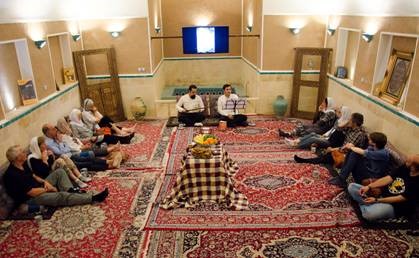
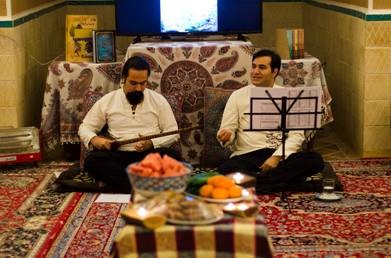
-
CIP
-
Meet and Greet
Nothing is better than to have a smiling face waiting to greet you when you arrive at an unknown destination. Our team will be pleased to welcome you at your arrival and to guide you to your hotel and provide necessary services to make your arrival and departure smooth and more comfortable.
